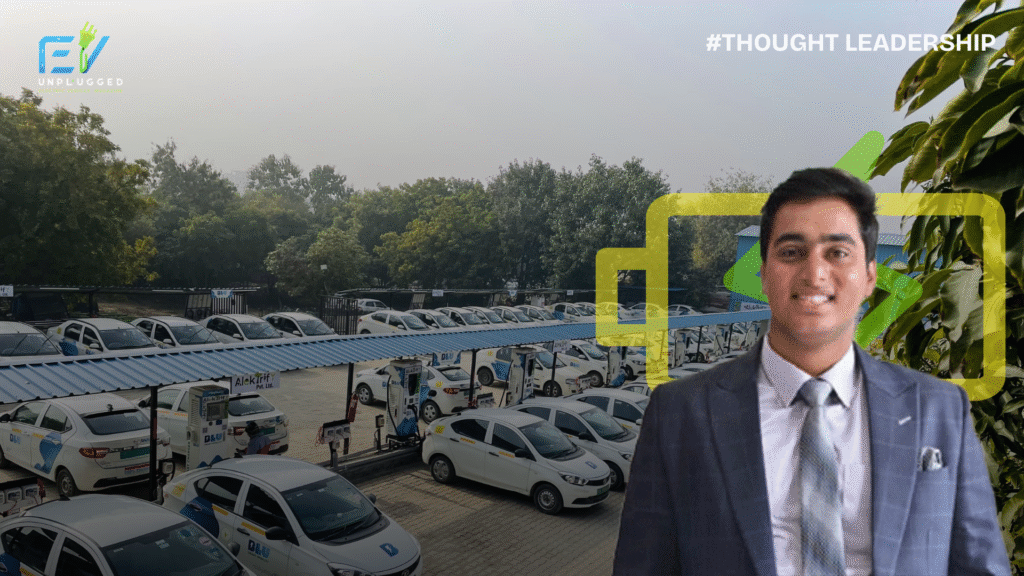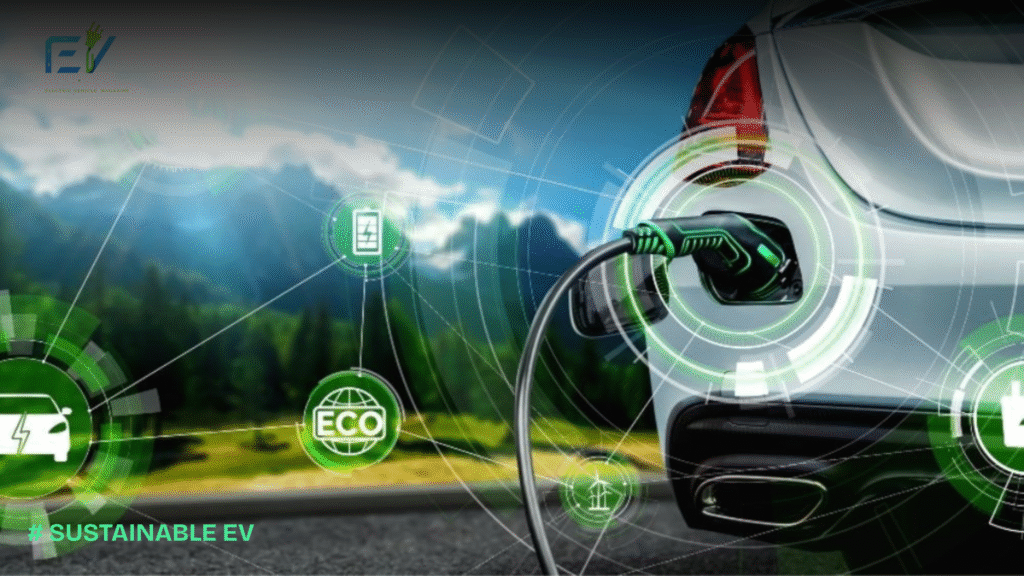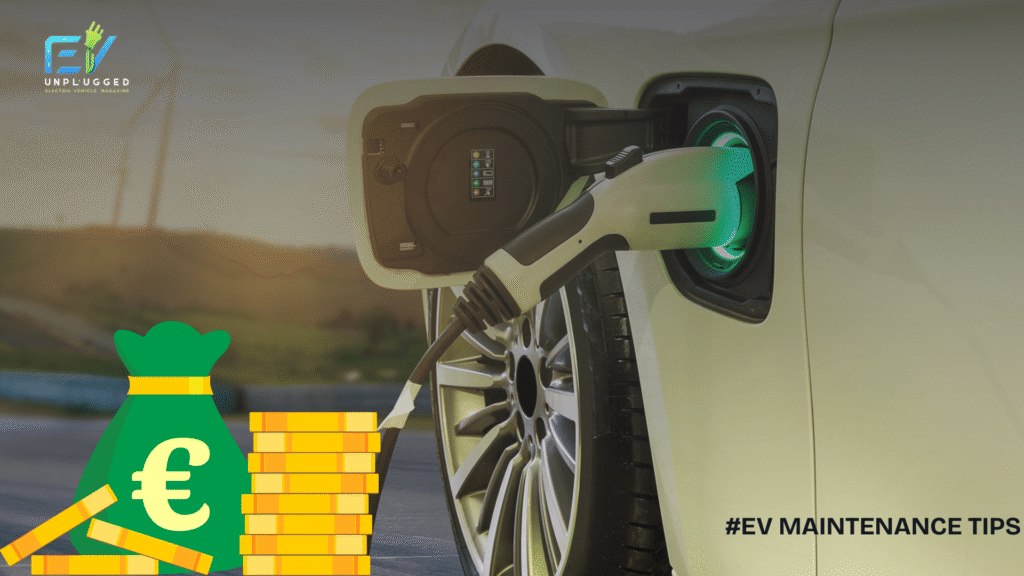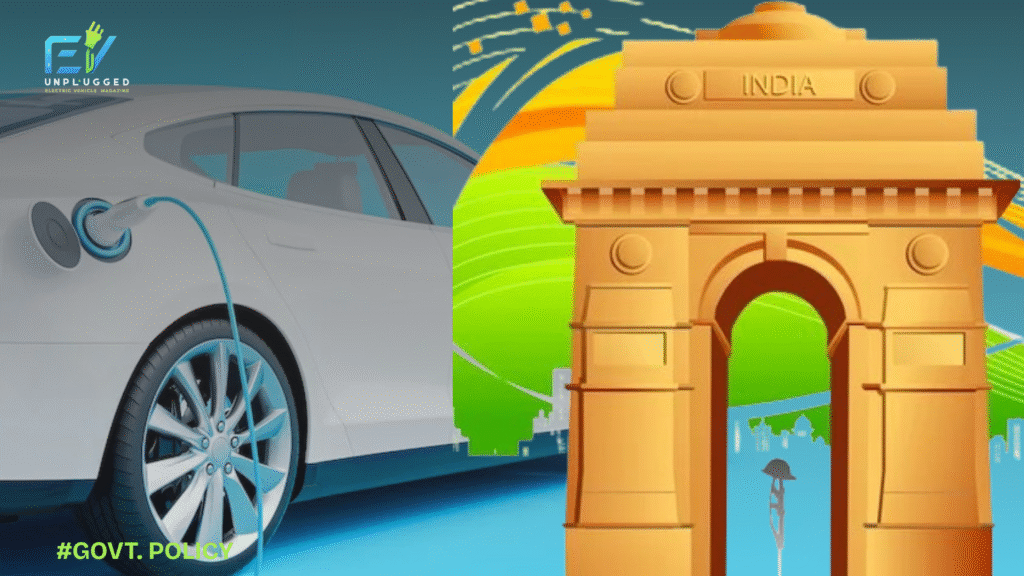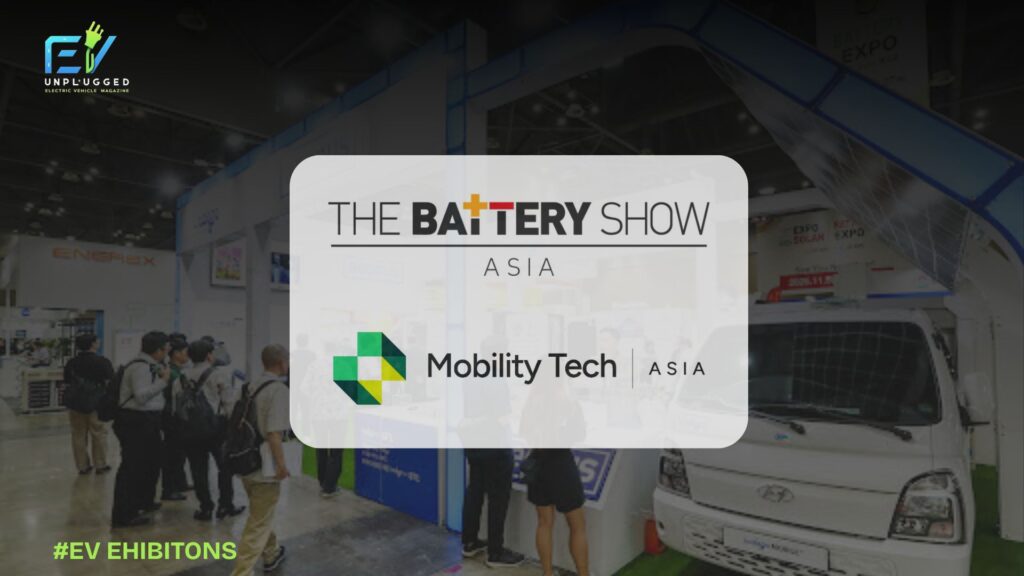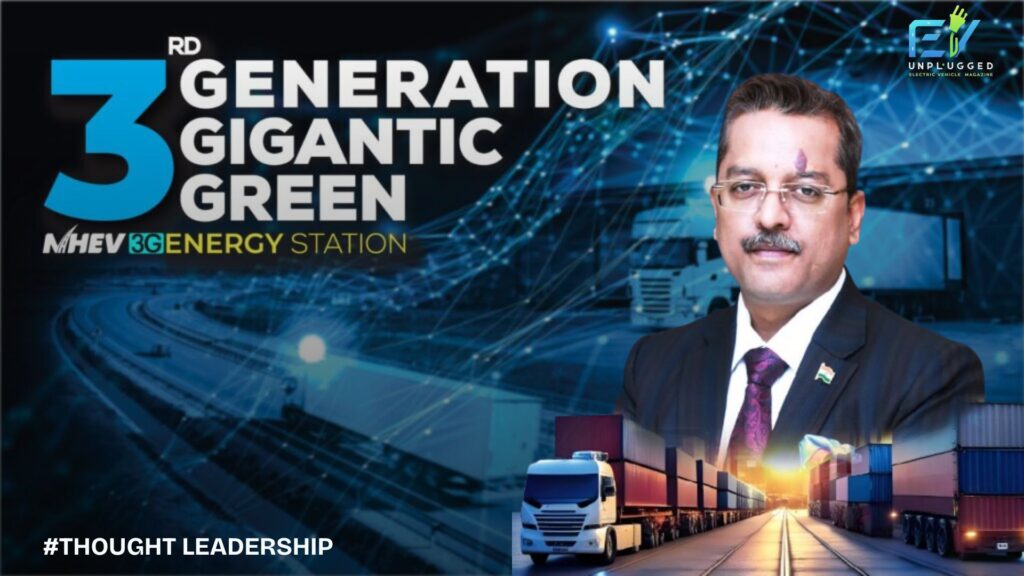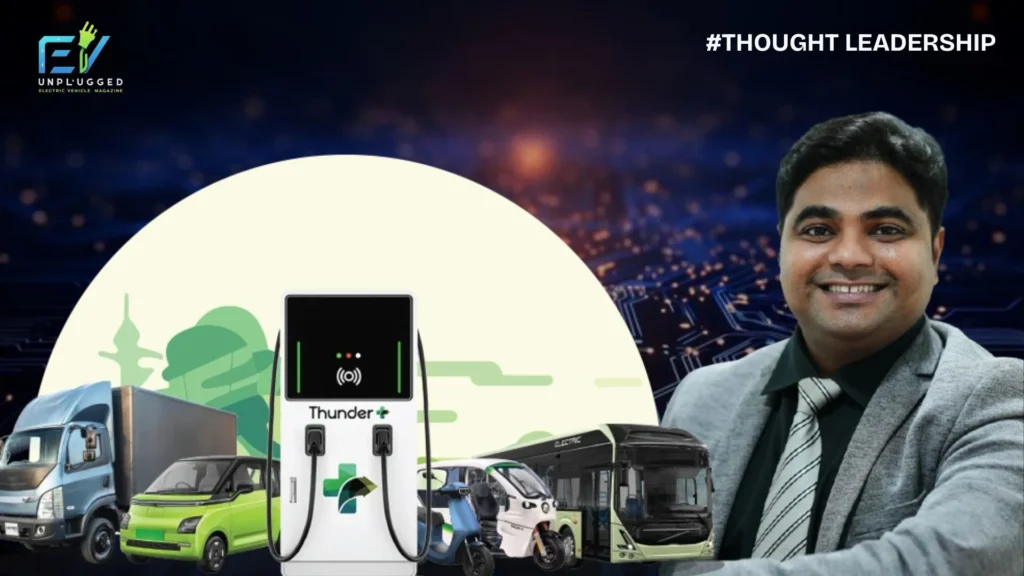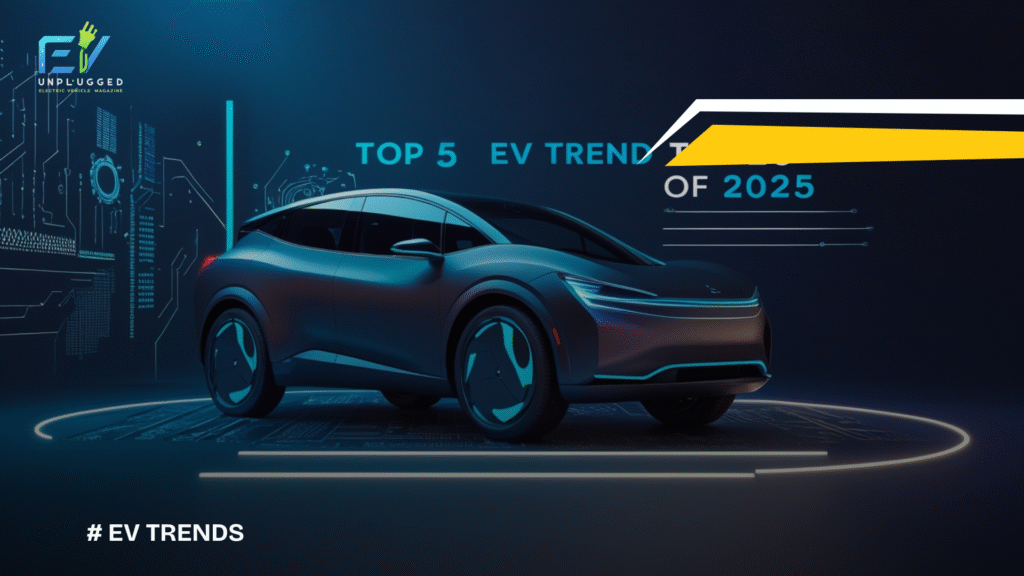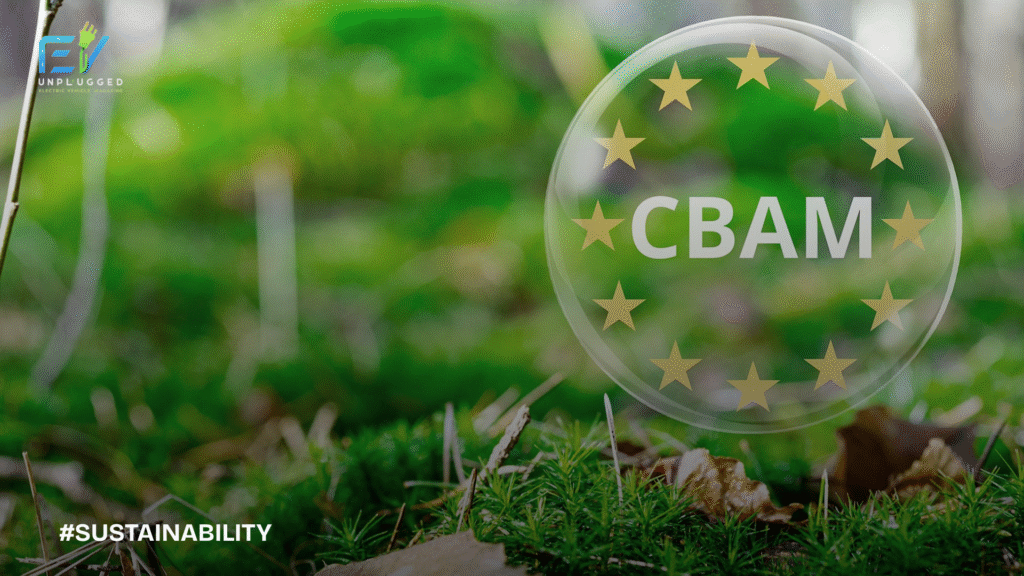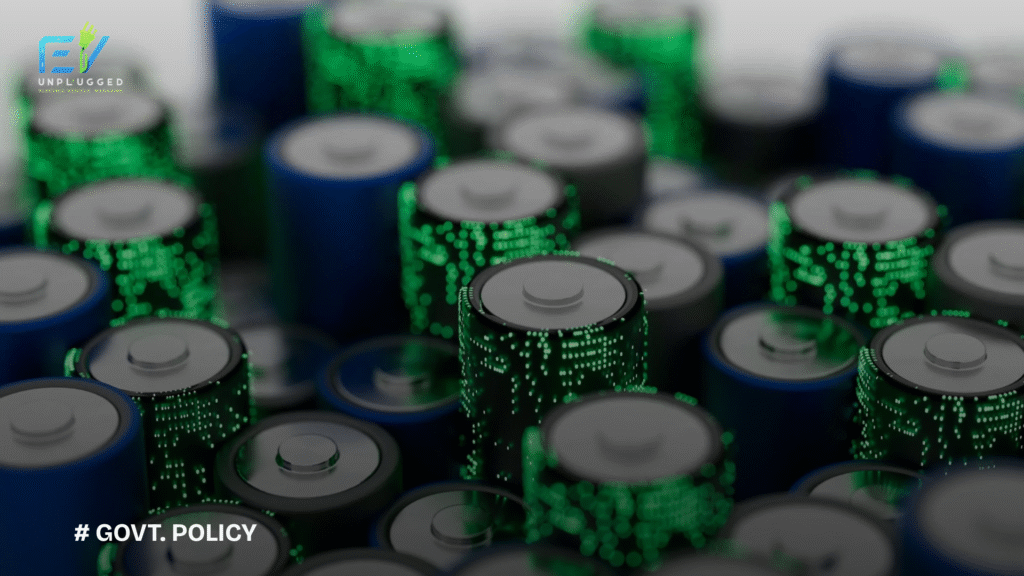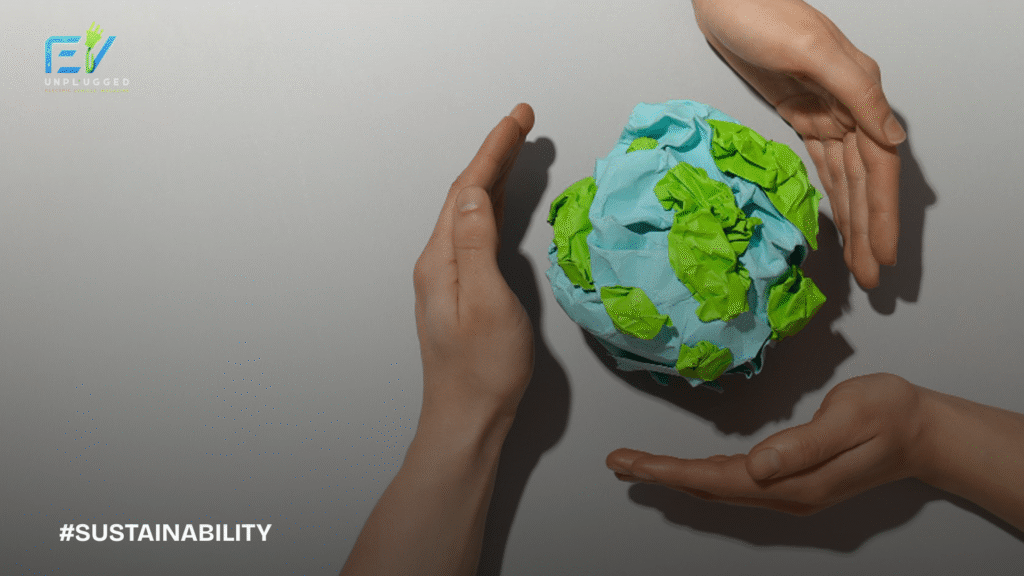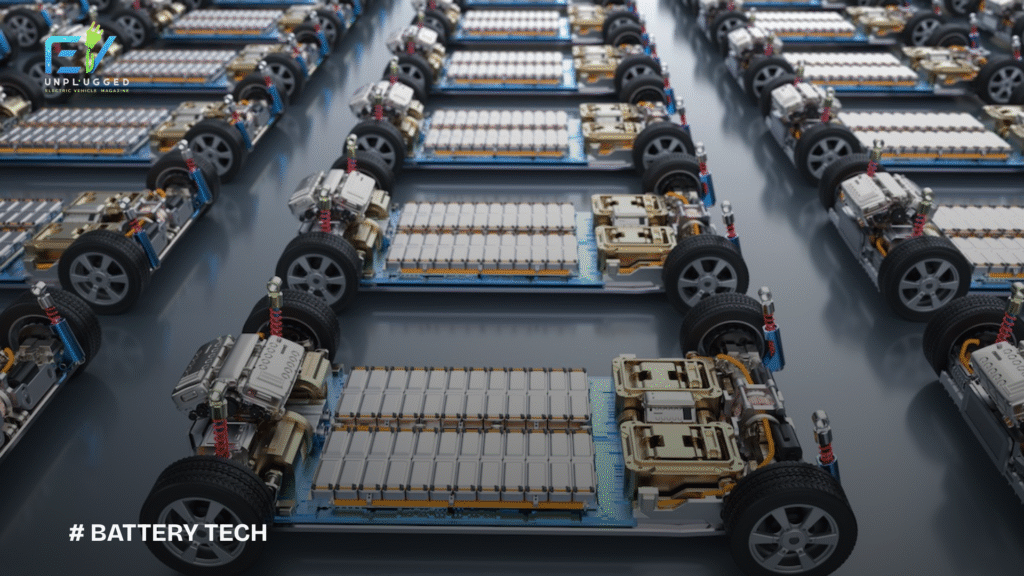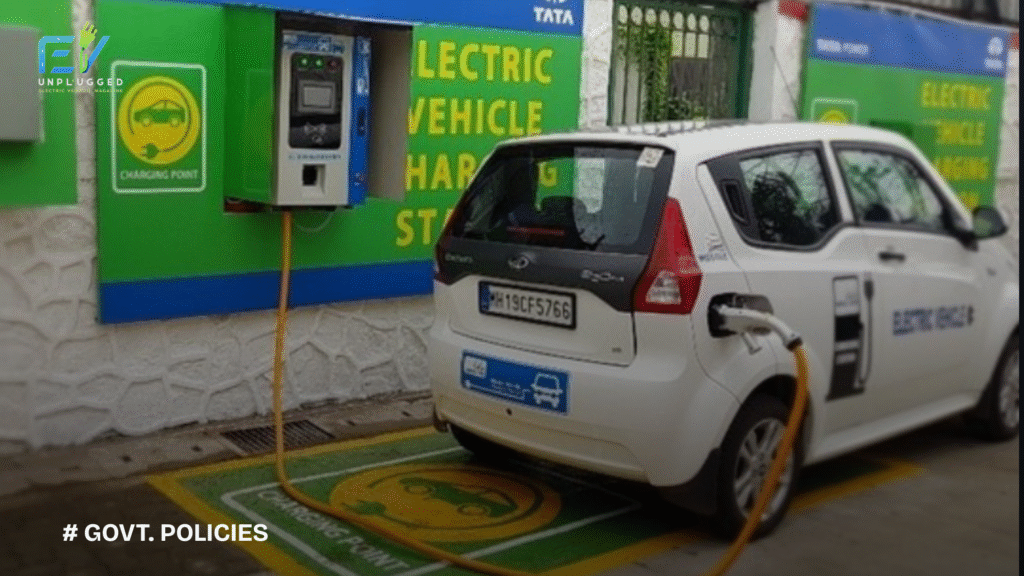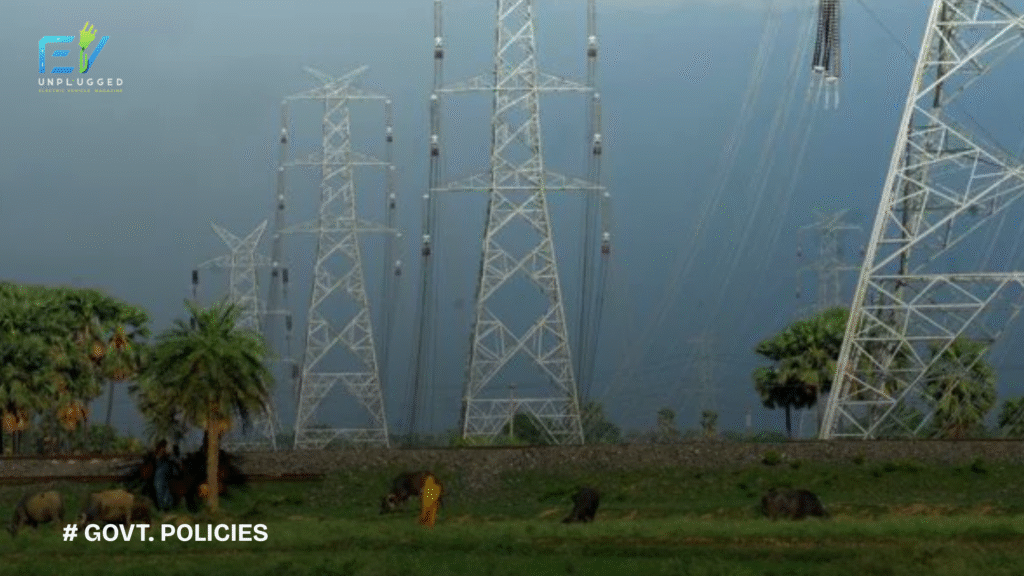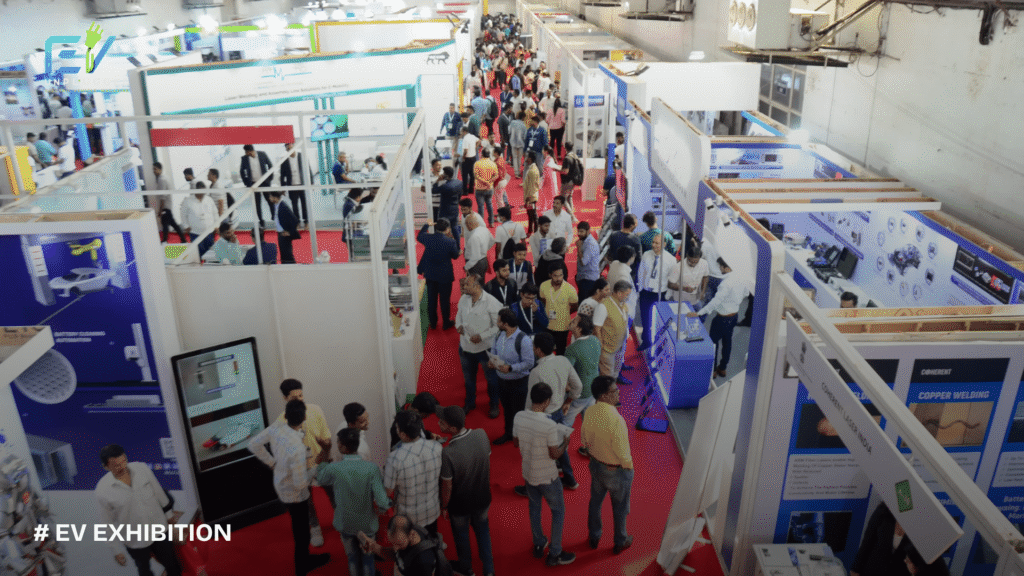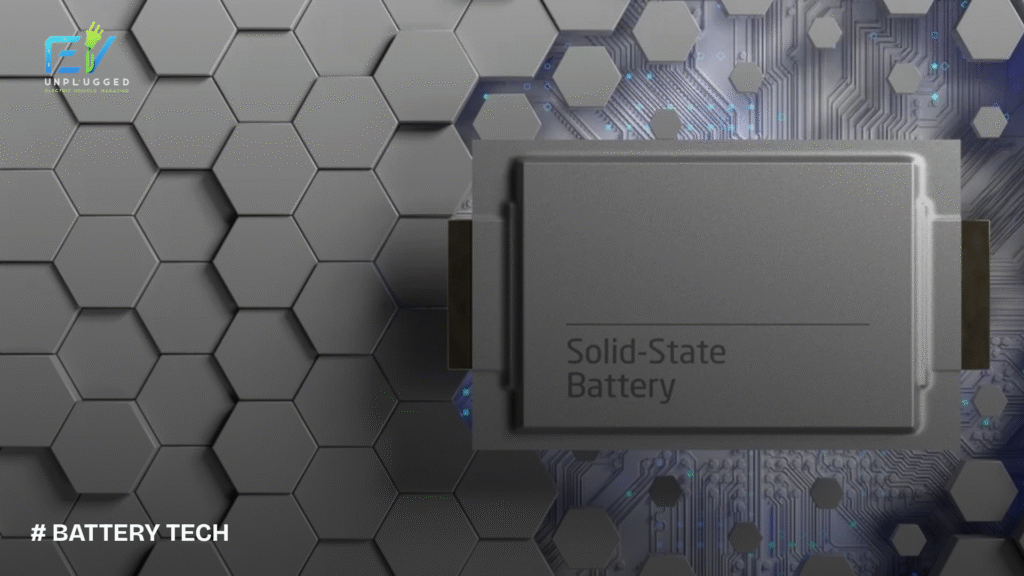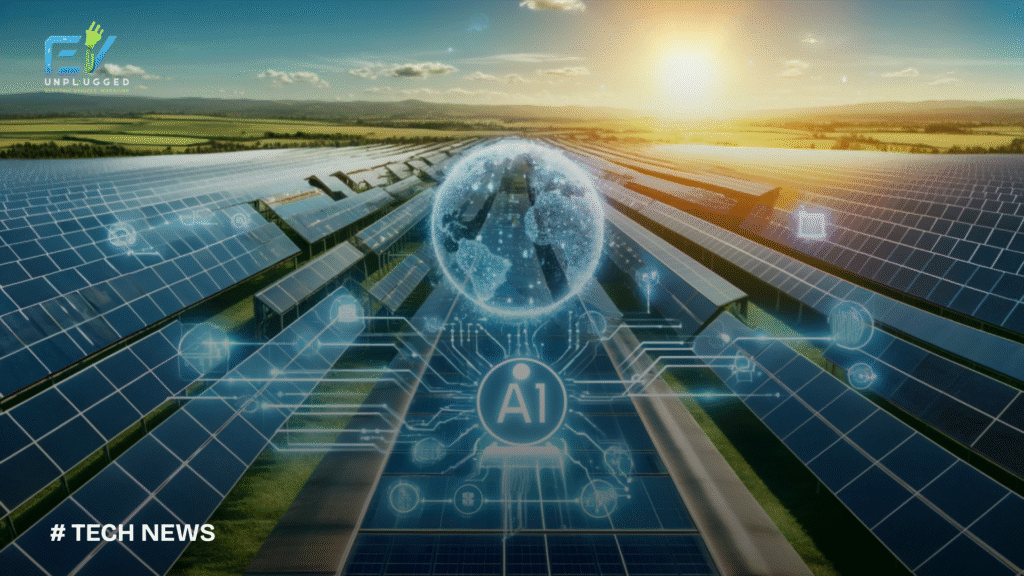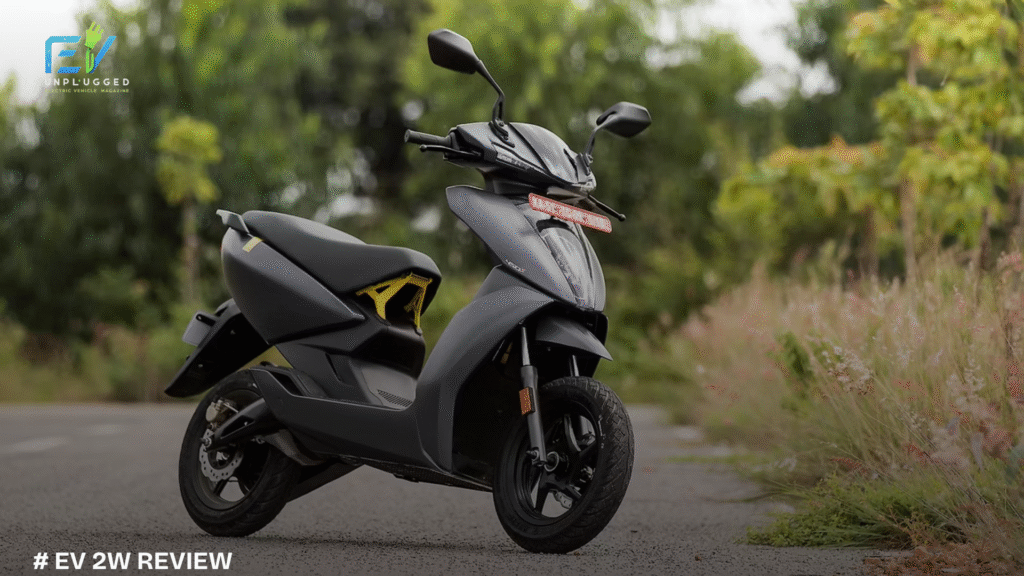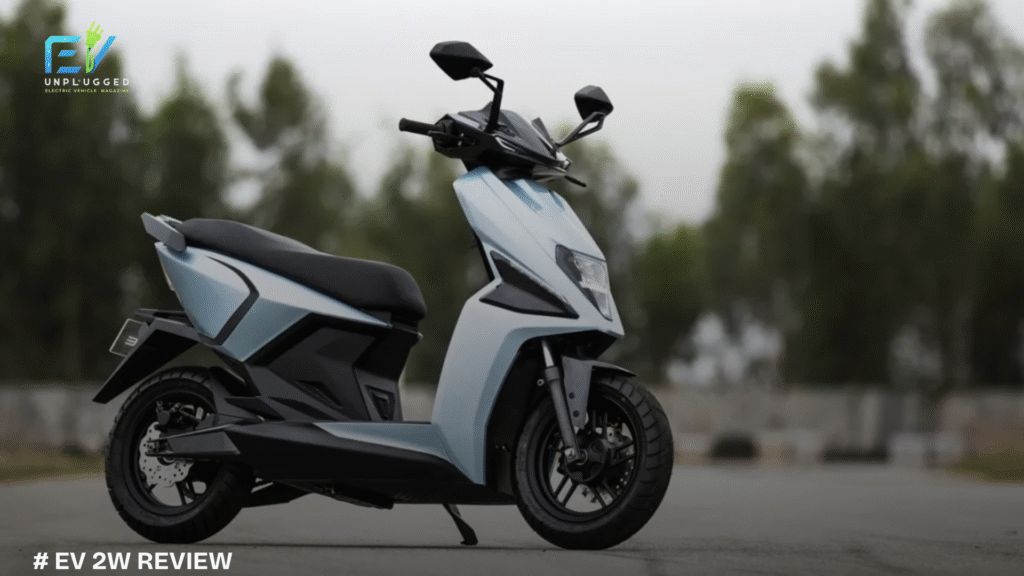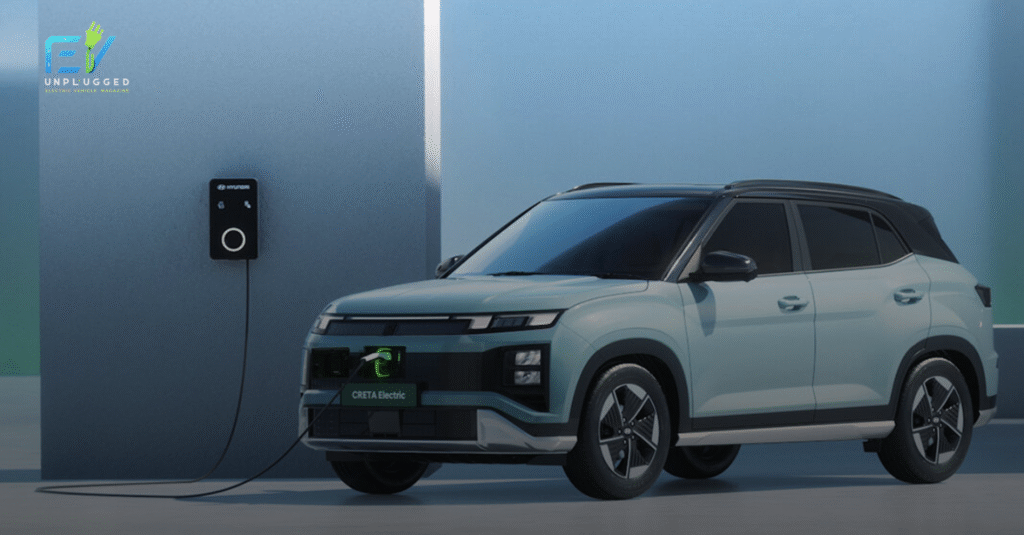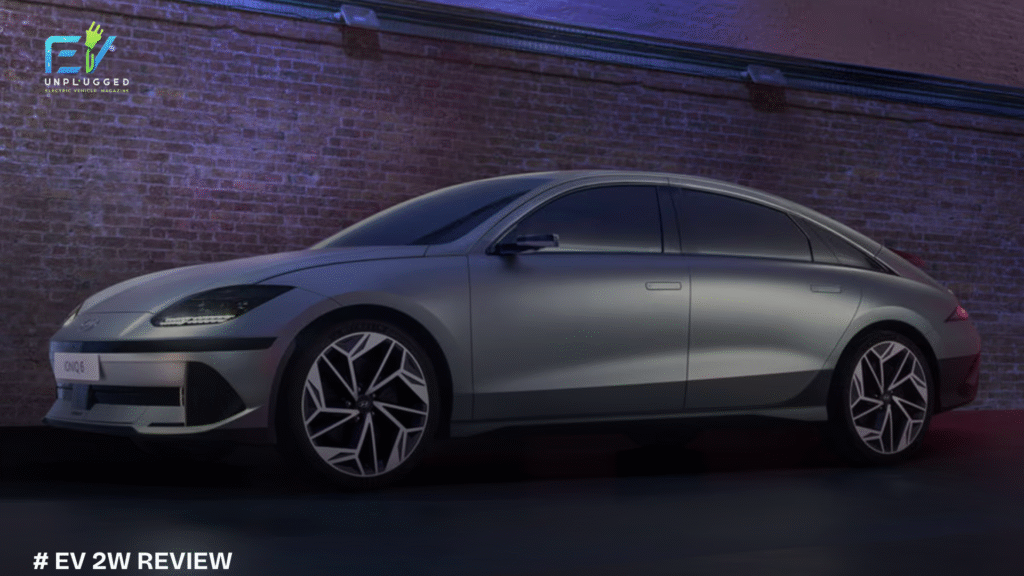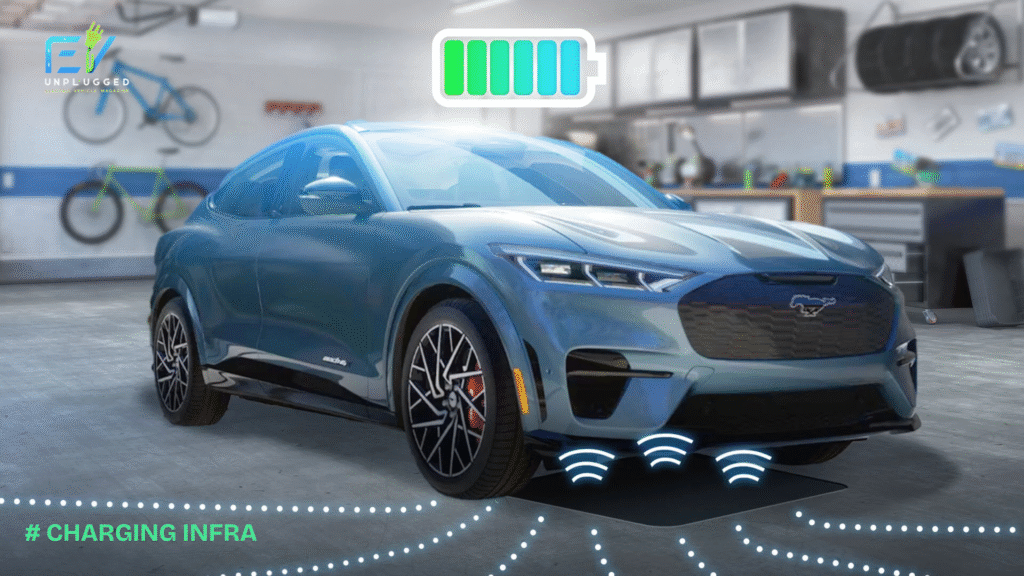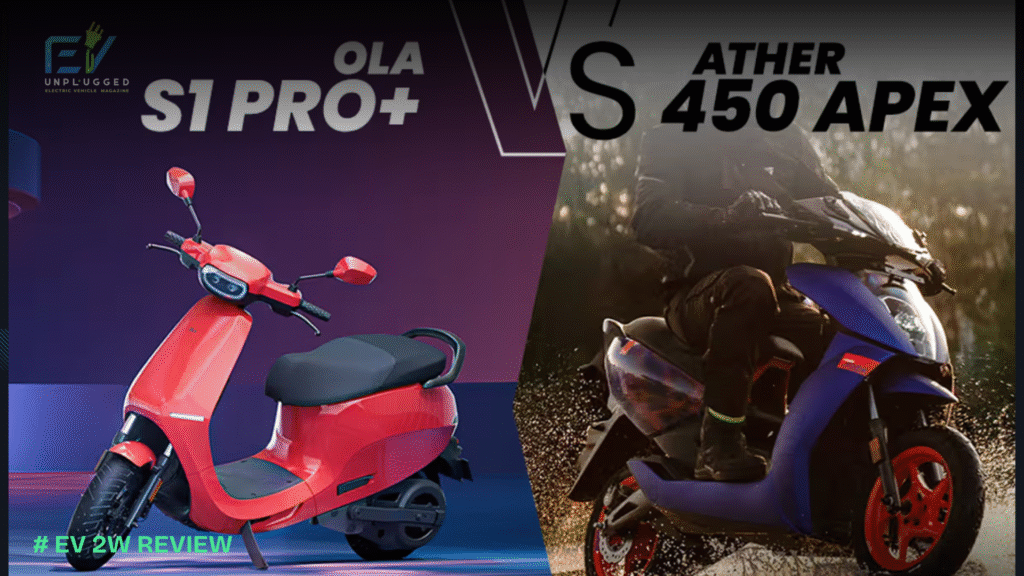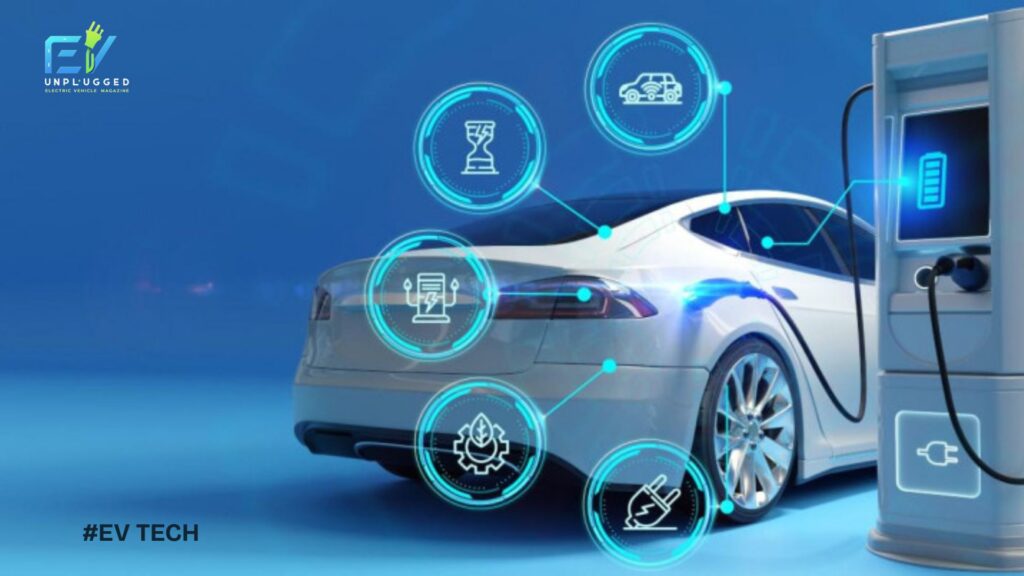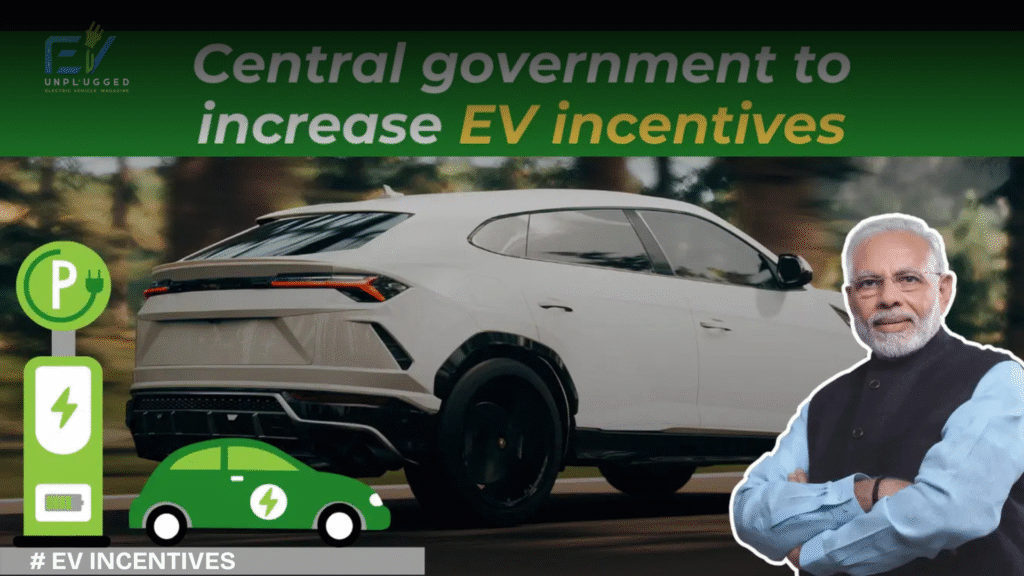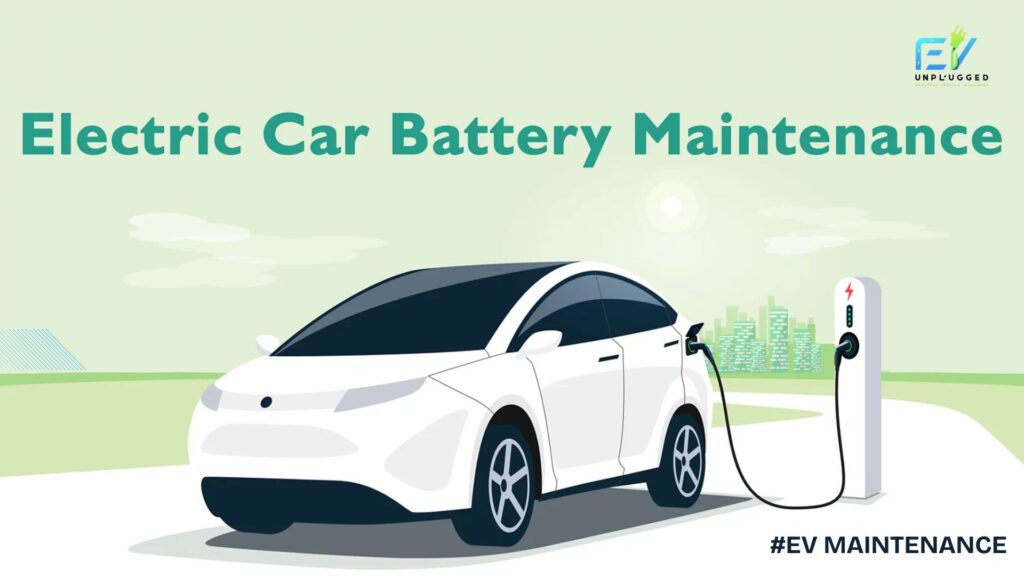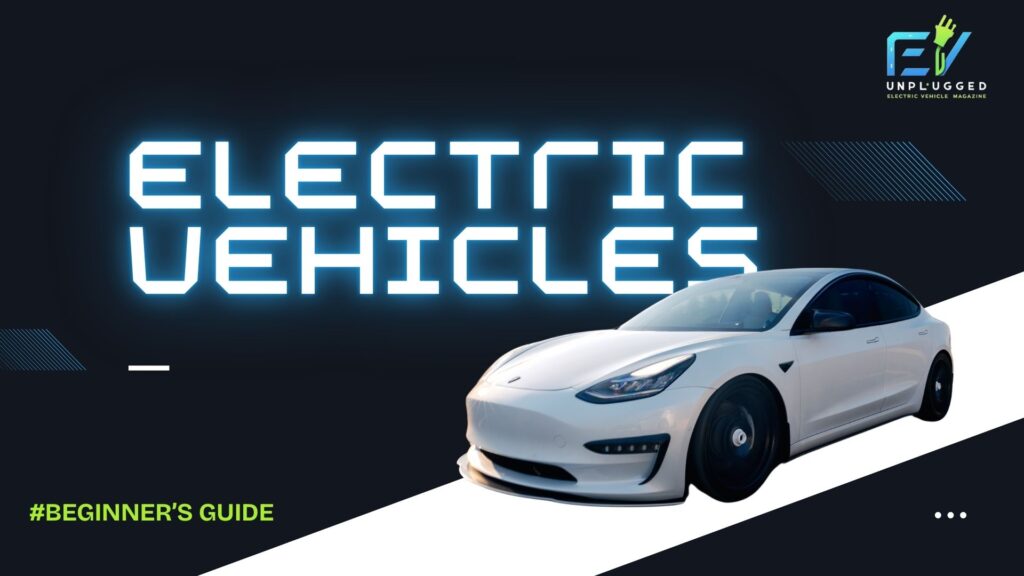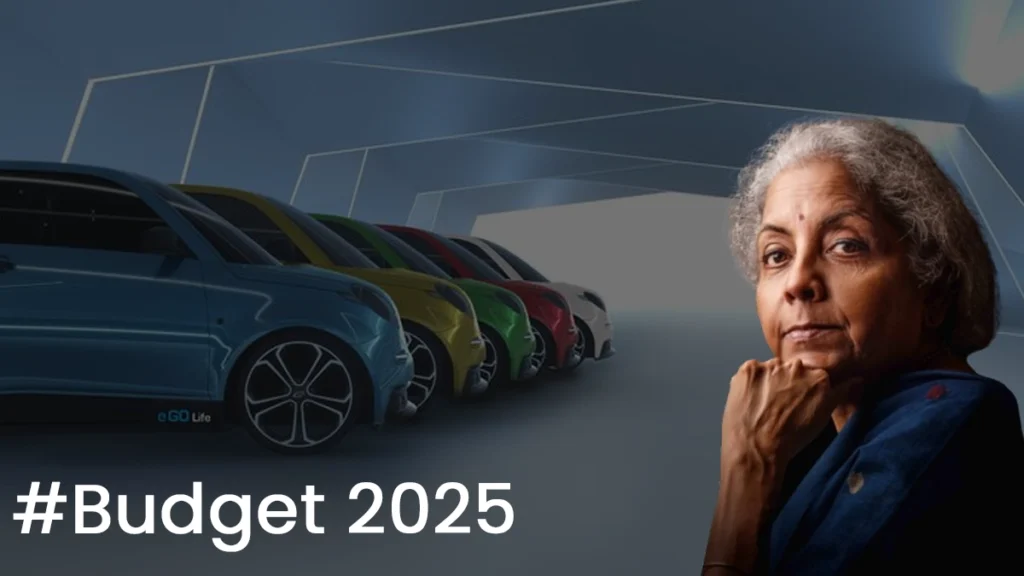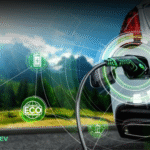EV Two-Wheeler Boom: Why India Is Choosing Scooters Over Cars

India’s transition to electric mobility is accelerating—but it’s not electric cars leading the charge. Instead, electric two-wheelers—especially electric scooters—are riding ahead of the pack. Let’s break down why EV scooters are outperforming EV cars, and what these trends mean for India’s sustainable transport future.
1. Explosive Growth in EV Two-Wheelers
- In FY2025, India sold 1.14 million electric two-wheelers, up from around 948,508 units in FY2024—a 21% year-on-year growth. This segment now contributes 58% of total EV sales in India—an increase from 56% the previous year .
- Despite this growth, EV two-wheelers account for only around 4–6% of overall two-wheeler sales—highlighting room to scale .
2. Why Scooters Beat Electric Cars
a) Outstanding Affordability & Quick ROI
- Entry-level electric scooters like the Ola S1X, priced at ~₹70,000 (~USD 850), are cheaper than comparable internal combustion engine (ICE) models .
- With rapidly climbing fuel prices, users save ₹1,000–1,500 monthly on petrol compared to conventional two-wheelers .
b) Strong Government Support
- The PM E-DRIVE Scheme promotes electric two- and three-wheelers with subsidies up to ₹5,000 per kWh, aiming to incentivize nearly 2.5 million e-2W units by 2026 .
- Historical schemes like FAME-II and the newly rolled-out EMPS 2024 provided high per-kWh subsidies, greatly boosting two-wheeler sales in earlier phases .
c) Range & Functionality Aligned with Urban Needs
- E-scooters are ideal for daily commuting—offering ~80–120 km range, compact storage, and easy city maneuverability.
- Delivery fleets and ride-share services increasingly adopt EVs for cost-effective operations and environmental compliance.
3. Market Dynamics: Demand & OEM Competition
- From April 2024 to January 2025 alone, 941,552 e-2W units were sold, a 30% increase year-on-year .
- Maharashtra, Karnataka, and Tamil Nadu together accounted for 42% of all e-2W sales. Maharashtra led with ~210,174 units, Karnataka followed (~155,454), and Tamil Nadu contributed a major share due to its robust production ecosystem .
- Leading manufacturers: Ola Electric (30% share), TVS iQube (23%), Ather Energy (14%), Bajaj Chetak, Hero Vida—dominant players driving volume growth .
4. Technological Trends & Innovations Driving Scooter Adoption
- Models like Simple Energy One (Gen 1.5) offer long ranges (~248 km), arcade-like features, fixed + removable batteries, OTA updates—raising user expectations .
- Ultraviolette’s UVLYNC technology allows e-2Ws to tap into 4,000+ public AC charging stations, enhancing accessibility.
- Shared mobility companies like Yulu are enabling urban EV adoption with 40,000+ shared electric two-wheelers and over 4 million users, enabling greener last-mile commuting Wikipedia.
5. Broader Policy Push and Macro Trends
- The PM E-Drive scheme has already achieved 50% of its target for two- and three-wheeler EV adoption—underscoring strong public sector momentum The Economic Times.
- Stocks of companies like Ola Electric are seeing investor interest as policies evolve—highlighting EV industry vibrancy .
6. What This Means for India’s EV Future
- Two-wheelers lead the EV charge—providing affordable, practical, and scalable solutions in Indian cities, setting the stage for broader EV acceptance.
- To drive national EV penetration targets, policymakers must pair incentives with charging infrastructure, especially in Tier-2/3 towns .
- Electric scooters act as a gateway—familiarizing consumers with EV tech and catalyzing interest in larger EV formats.
Conclusion
India’s electric two-wheeler boom is not just a fad—it’s a revolution in affordable, urban mobility. With record-breaking e-scooter sales, government support, and evolving tech, scooters are powering the EV shift. If India is to meet its 2030 EV targets, ensuring equitable access to incentives, charging networks, and diverse models is key.
Talking Point:
What’s your take—will electric two-wheelers continue to shape India’s EV trajectory? Or will electric cars catch up in the coming decade?


 English
English 